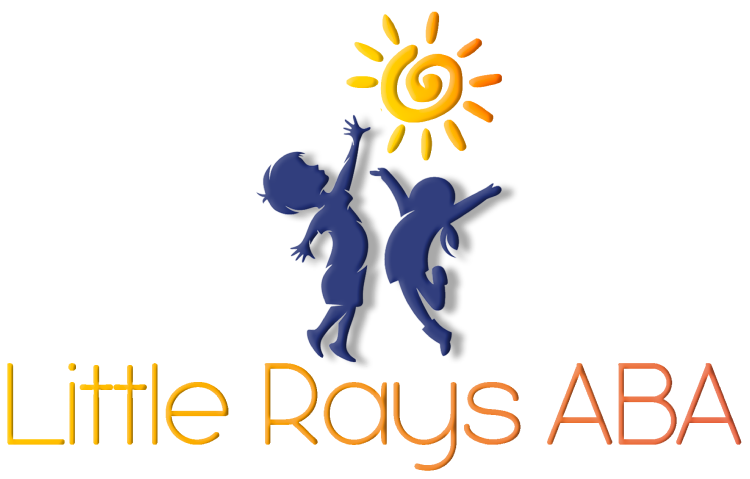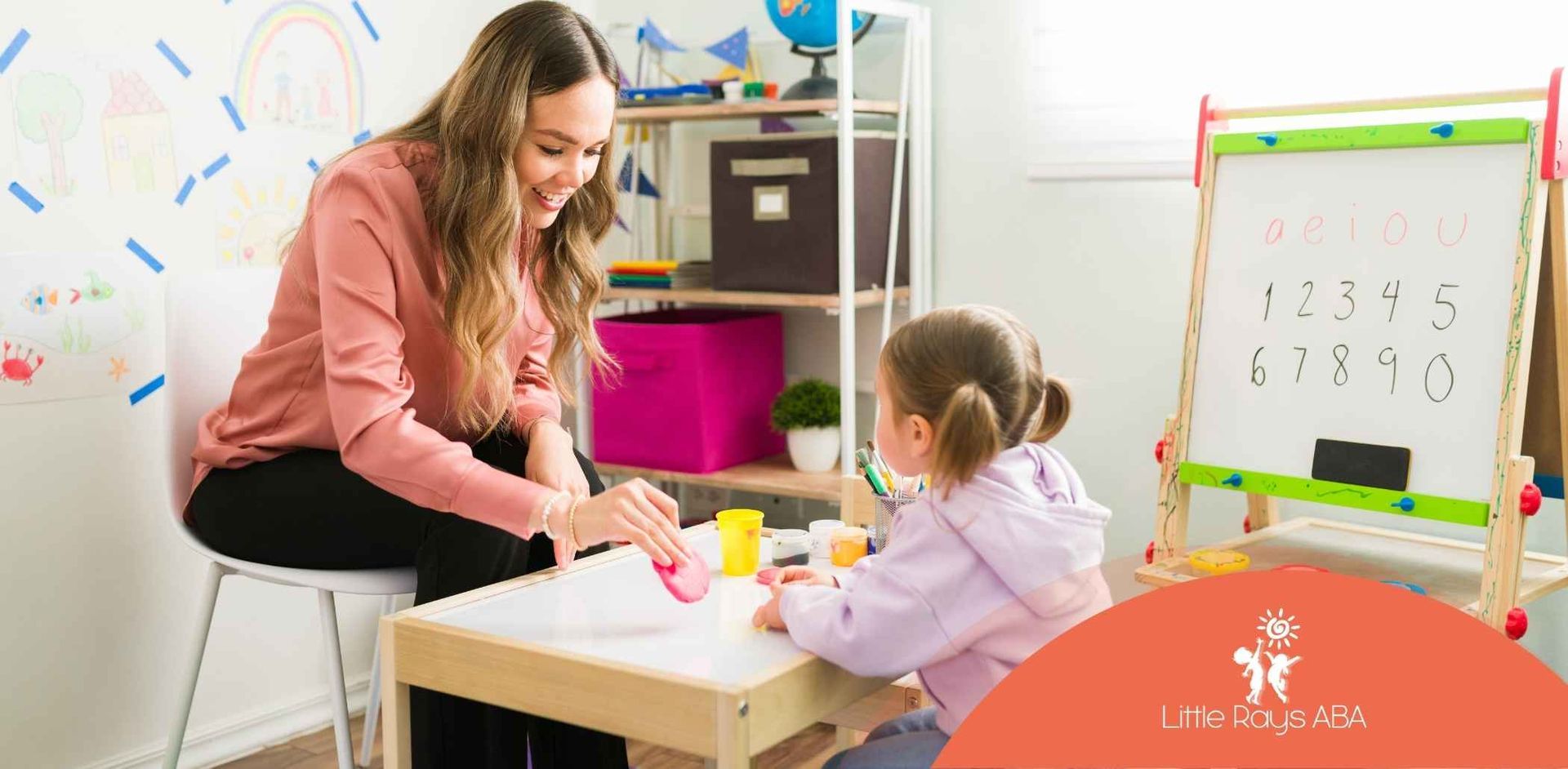
RBT Supervision Requirements Explained for ABA Professionals
Key Highlights
- Registered Behavior Technicians (RBTs) play a vital role in delivering Applied Behavior Analysis (ABA) therapy under the guidance of a qualified supervisor.
- RBT supervision requirements are set by the Behavior Analyst Certification Board (BACB) to ensure adherence to ethical standards and professional practices.
- Supervision involves direct observation, feedback sessions, and documentation of activities to enhance RBT competencies.
- Qualified supervisors such as Board Certified Behavior Analysts (BCBAs) oversee this process.
- Proper documentation and structured supervision help RBTs maintain certification and provide high-quality ABA services.
Introduction
Supervision is very important for the professional development of Registered Behavior Technicians (RBTs) working in the active field of Applied Behavior Analysis (ABA). The Behavior Analyst Certification Board (BACB) sets the guidelines for RBT supervision. These requirements help make sure that RBTs act ethically, build their skills, and follow professional standards. Good supervision helps RBTs improve in their areas of expertise. It also ensures that they provide high-quality ABA services, especially for people who need behavior support. Knowing these basics is essential for being successful as an RBT.
Understanding RBT Supervision Requirements
Supervising RBTs is very important to make sure we use the best practices in ABA therapy. By watching how therapy techniques are applied, supervisors help RBTs follow ethical rules and improve their skills. This includes observing, giving feedback, and keeping detailed supervision records.
According to the BACB, RBTs must get supervision for at least 5% of their service hours each month. This kind of guidance helps ensure accountability and improves professional skills. It also helps provide high-quality ABA therapy for everyone.
Definition and Purpose of RBT Supervision
RBT supervision means that qualified supervisors keep a close eye on and guide Registered Behavior Technicians. This is an important part of helping them grow professionally and practice ethically in behavior analysis. The supervision has many roles, like making sure RBTs follow the BACB’s supervision requirements.
Through supervision, ethical standards are maintained. It also helps clients by giving clear feedback. Supervisors look at how RBTs perform in real situations, allowing them to give immediate feedback to fill in gaps and improve skills.
Supervision is key in ABA therapy. It helps RBTs sharpen their technical skills and stay within ethical and professional guidelines. This protects the trustworthiness of ABA practices and creates effective behavior strategies that meet clients' needs.
Overview of Supervision Protocols and Standards
Supervision protocols help RBTs and supervisors follow a clear path in ABA practices. These rules set the standards needed to keep professionalism and ethics high.
Key parts of supervision are observations, skill checks, feedback, and training. Supervisors watch RBTs as they use interventions. This helps assess how well they are applying techniques. They also discuss ethical dilemmas and review performance during these sessions.
For standards, the BACB requires important criteria like supervision hours, limits on group supervision, and how often interactions happen. Here’s a quick summary:
| Supervision Protocol | Key Details |
|---|---|
| Frequency | At least two sessions monthly |
| Minimum Hours | 5% of total ABA service hours |
| Group Limits | Maximum of 10 participants per session |
Keeping supervision activities in line with professional standards helps improve quality and supports better ABA therapy practices.
Essential Supervision Criteria for RBTs
Supervision is important to follow professional guidelines and ABA techniques that help RBTs succeed. According to BACB rules, RBTs need to spend 5% of their service hours on supervision each month.
Supervision must have face-to-face meetings, and at least one session needs direct observation. Half of the supervision hours should be one-on-one. This setup helps RBTs improve their skills, check ethical standards, and get better at applying techniques with help from experienced professionals.
Detailed Breakdown of Supervision Hours Required
The BACB requires that RBTs have at least 5% of their service hours supervised each month. This helps make sure they are working well and following ethical rules. Supervisors use these hours for checking skills, helping build them, and watching directly.
RBTs can have both one-on-one sessions and group sessions, but one-on-one supervision is more important. The BACB also requires at least one in-person meeting. This lets supervisors see ABA techniques at work in real-time. Here’s a breakdown of how many supervised hours are needed based on total service hours per month:
| Total Service Hours/Month | Mandatory Supervised Hours (5%) |
|---|---|
| 10 | 0.5 |
| 20 | 1 |
| 30 | 1.5 |
Keeping a good record of the hours spent is important. It helps meet the rules and aids in professional growth in ABA therapy.
Qualifications and Roles of RBT Supervisors
An RBT supervisor is normally a Board Certified Behavior Analyst (BCBA), a Board Certified Assistant Behavior Analyst (BCaBA), or another qualified professional. These individuals need to finish an 8-hour training program approved by BACB.
Supervisors support RBTs by checking their skills, giving feedback, and watching their performance. They make sure that RBTs follow ethical rules and use ABA techniques. Supervisors also help with professional development. They hold meetings to improve skills in areas like behavior reduction, client communication, and data analysis.
Their duties include documenting supervision sessions and getting RBTs ready for independent ABA jobs. Good supervision makes sure everything meets BACB standards. This helps develop skilled technicians who can deliver great behavioral care.
The Supervision Process Explained
The supervision process helps RBTs learn in a planned way and improve their skills. It begins with checking their current abilities and continues with regular meetings to focus on improvement.
In these meetings, supervisors give feedback, watch RBTs directly, and look at how ABA is used with clients. Keeping records and making good ethical choices are important parts of this process. This is necessary for RBTs to keep growing and stay certified according to BACB rules.
Steps Involved in the RBT Supervision Process
Supervision for RBTs happens in phases. It begins with checking their skills and finding areas where they can grow. A big part of this is structured observations. Supervisors watch the sessions directly.
They give feedback right away. This helps RBTs improve their methods. Training and discussion meetings also happen. These talk about ethics and how to improve ABA techniques.
Supervisors conduct observations during service delivery. They also hold remote or group sessions to cover theory. Every session is carefully documented by supervisors. This keeps the supervision process accountable.
Importance of Regular and Structured Supervision
Structured and organized supervision helps RBTs grow professionally and stay consistent in their work. Regular meetings make sure their ABA techniques meet BACB standards and follow ethical practices.
These sessions are important for developing critical thinking about behavior intervention plans and improving overall skills. Also, structured supervision focuses on the clients, making sure that interventions address different needs well.
RBTs gain a lot from regular observation and feedback. This support builds their confidence and expertise, which helps them improve their ABA performance.
Documentation of Supervision Activities
Keeping accurate records is essential for successful RBT supervision. The BACB has set requirements for documentation. Supervisors need to keep detailed logs of supervision hours, session content, and feedback from participants.
Both supervisors and RBTs should sign off on completed sessions. This confirms that they follow ethical standards. Good documentation helps maintain certification. It also encourages professional growth through tracking systems based on data.
Key Elements to Include in Supervision Logs
Supervision logs are important because they give clear information for transparency and rules follow-up. Each log should show the dates of sessions, how long they lasted, and a breakdown of supervision hours for both individuals and groups.
We should point out key topics that were discussed, such as ethical issues, client feedback, and how to use ABA techniques. Both the supervisor and the RBT need to sign the log to confirm it is correct and trustworthy.
Using document templates can make this process easier. It helps with storing and finding the logs quickly during BACB audits or when renewing certifications.
Tools and Techniques for Effective Record-Keeping
Digital tools, like checklists and apps, make it easier for RBTs and supervisors to keep records. These tools can track hours, highlight missing information, and create reports.
Supervisors should follow best practices. They can do this by making templates for consistent documentation. Also, using schedules or setting reminders helps to keep track of all supervision activities accurately.
This simple way increases efficiency and keeps up with strict BACB rules, helping to maintain professional standards in ABA services.
Enhancing RBT Performance Through Supervision
Supervision helps RBTs become better at their jobs and leads to improved results for clients. When RBTs get regular feedback from experienced supervisors, they can improve their intervention methods and learn about new ABA techniques.
This active support helps RBTs follow ethical guidelines and builds their confidence, making them more effective at providing behavior-focused services. Also, organized supervision enhances their career development and helps them succeed.
Impact of Supervision on RBT Competency and Confidence
Supervision is key to building an RBT’s skills and professional behavior. Regular feedback and watching them work help improve how they use ABA techniques in different situations.
As RBTs become more skilled, they feel more confident in carrying out behavior intervention plans successfully. Supervisors who work closely with RBTs and give helpful advice greatly affect how well RBTs manage difficult cases.
By changing doubts into chances to grow, supervision helps boost their professional skills consistently.
Techniques for Maximizing the Benefits of Supervision
Practical strategies can make supervision better for RBTs. Learning techniques like skill-focused workshops, role-playing, and case discussions help everyone grow.
Using telehealth for remote meetings adds flexibility while keeping the focus on important subjects. Discussing ethical dilemmas prepares RBTs to handle difficult situations.
These methods help make the sessions useful, improving RBT skills and certification standards while following key ABA principles.
Conclusion
In summary, understanding the RBT supervision requirements is very important for ABA professionals, RBTs, and their supervisors. Knowing the standards, processes, and documentation helps meet these rules and improves the quality of service for individuals with autism spectrum disorder. Good supervision helps RBTs build their skills and confidence. This, in turn, leads to better results for clients. As you follow these requirements, keep in mind that effective supervision can benefit both the professionals and the individuals they help. If you have any questions or need more information about RBT supervision, feel free to ask for help and support.
Frequently Asked Questions
What are the minimum supervision hours required for an RBT?
RBTs need to be supervised for at least 5% of their total ABA service hours each month. This is required by the BACB. The supervision must include one in-person session. Also, there should be documentation of all activities focused on improving skills and following ethical rules.
Who is eligible to supervise an RBT?
Qualified supervisors are BCBAs, BCaBAs, or licensed experts trained in ABA. They need to finish an 8-hour BACB-approved training course for RBT supervision. They must also follow ethical practices and professional standards.
How do you document RBT supervision activities effectively?
Proper documentation means keeping track of dates, hours, and what was done during supervision. You should use digital tools or templates for this. Make sure both parties sign the documents and keep records to follow BACB standards for keeping accurate and ethical records.
Can supervision be conducted remotely or must it be in-person?
Both remote and in-person supervision is allowed under BACB rules. Still, there must be at least one session each month where you have direct, face-to-face observation. This helps mix talking about theory with actual practice.
SOURCES:
https://www.bacb.com/rbt-ongoing-supervision-fact-sheet/
https://www.bacb.com/wp-content/uploads/2022/10/RBT-Supervision-Checklist-240212-a.pdf
https://www.bacb.com/supervision-and-training/
https://www.relias.com/blog/changes-to-bacb-supervision-what-you-need-to-know
https://www.bacb.com/wp-content/uploads/2022/10/RBT-Supervisor-RBT-Requirements-Coordinator-Supervision-Checklist-240209-a.pdf
Related Posts





